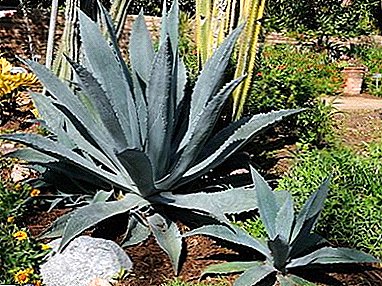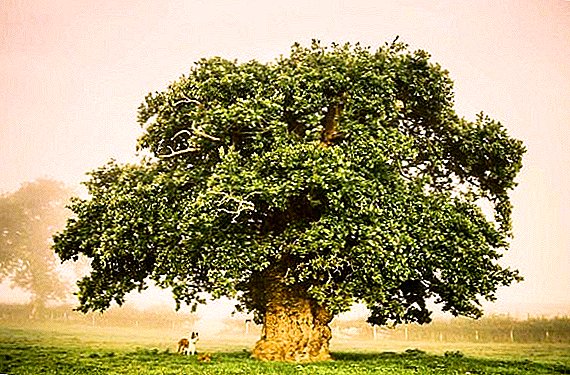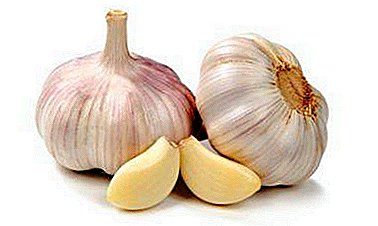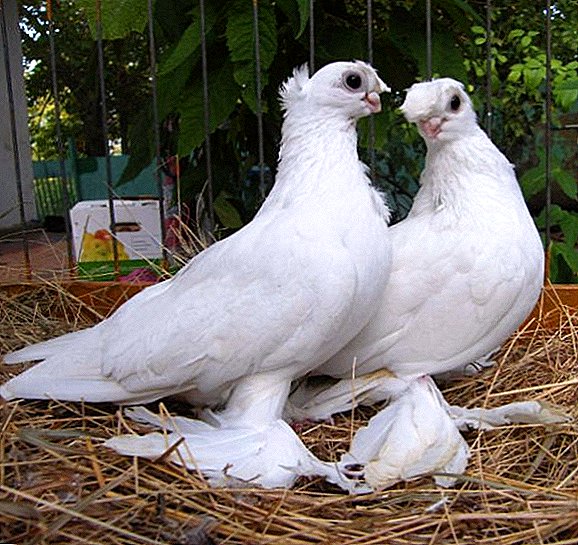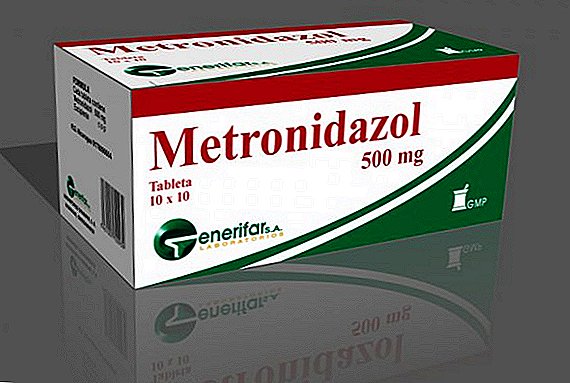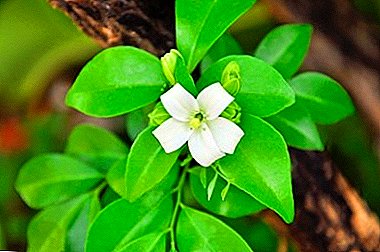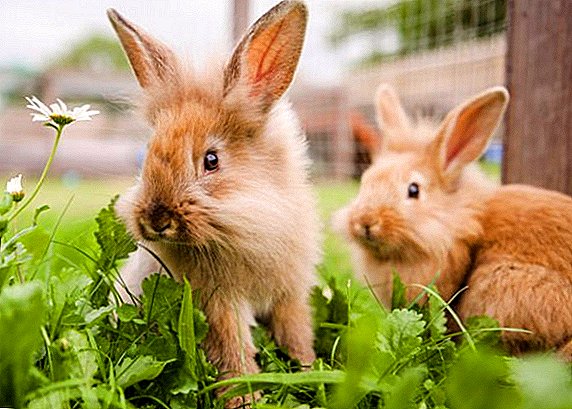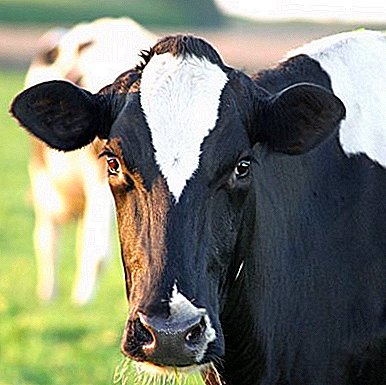
At the word "cow", many of us imagine a black and white spotted beauty with a large smooth udder.
This is how the hill hills - representatives of the breed, one of the three most popular in Russia, look like.
Kholmogory cows are beautiful adapted to the cold climate, and their milk has a high fat content and great taste.
Story
Kholmogory cattle breed existed in the XVII century in the Arkhangelsk region. This name comes from the settlement Kholmogory. Under Peter I, Arkhangelsk became the largest port, the center of trade with most European countries.
The climate favored the breeding of dairy cows.. In the floodplain of the Northern Dvina there were many natural grazing areas covered with succulent and nutritious grass.The demand for dairy products also played a big role: frozen milk and other agricultural products were exported from Arkhangelsk by sea.
Despite the fact that for almost two centuries, cows and bulls of other breeds were brought into Arkhangelsk, it is impossible to speak about their significant influence on the hill hills.
In Soviet times, scientists conducted research on breeding, during which Kholmogory cows were crossed with representatives of the Holstein and Dutch breeds.
 The purpose of the crossing was to increase the milk yield. But it turned out that the descendants of mixed pairs, although they gave a lot of milk, it differed markedly reduced fat.
The purpose of the crossing was to increase the milk yield. But it turned out that the descendants of mixed pairs, although they gave a lot of milk, it differed markedly reduced fat.
At the same time, taste and other indicators deteriorated. In this regard, work on the selection were discontinued.
Kholmogory breed existed as an independent for several centuries, but was officially recorded in 1937.
Appearance
Animals of this breed are large, rather tall and proportionally folded. Height at withers in adults - up to 130-140 cm. Color mainly black and white, spotted. There are animals completely black, rarely - red and white color.
The shape of the head is elongated, the neck is relatively thin. The constitution is strong, the limbs are set correctly, the straight line of the spine and the loins is characteristic. The height in the sacrum differs from the height at the withers by 5-7 cm.
Udder has a round shape and medium size. There are also cows with udder cup-shaped and, rarely, goat form. Occasionally there is an udder with a third pair of nipples. The shape of the nipples is cylindrical, elongated.
"Kholmogorskaya" breed of cows: characteristics and photos
Adult cows weigh an average of 550 kg. As for adult bulls, their weight can be much larger: up to 800-850 kg. There are examples when tribal bulls of this breed weighed over one ton.
Calves are born weighing more than 30 kg.. Gobies, as a rule, already at birth are slightly larger than chicks. At six months of age, if the calves are properly looked after, they weigh: bullheads - an average of 180 kg, calves - 150-170 kg. By 18 months, calves weigh up to 370-390 kg.
An adult cow gives an average of 3200-3800 kg of milk per year, and with good conditions of milk yield can increase up to 5-6 thousand kg. Milk fat content is usually over 3%, up to 3.87%.
There are also other breeds of cows whose milk content is rather high, such as: Jersey, Simmental, Ayshir, Red Steppe.
Photo "Kholmogorsky" breed cows:




INTERESTING!In the early 2000s, a highly productive herd, created in the Tolstopaltsevo experimental farm (Moscow region), became widely known among specialists.
They managed to achieve an average milk yield of 6484 kg of milk (fat content 3.9%, protein 3.31%). Among other methods, experimental technology of double milking was used, in contrast to the classical one - three-time milking.
At present, such characteristics of the breed are being improved as the shape of the udder and the rate of lactation. Scientists and breeders are working to improve the physique of cows, looking for and finding ways to increase milk yield and milk fat. The task is to achieve 4% milk fat and overcome this milestone.
In total, there are three subtypes of the Kholmogory breed: Pechora, Northern and Central, characteristic of the Komi Republic, Arkhangelsk and Moscow regions, respectively.
Nutrition and care
Rules for the maintenance and care of hills do not differ from standard recommendations. A clean, dry and fairly spacious crib, a balanced diet is necessary for the good health of the animals and getting full milk.
Since the Kholmogory breed is common in many regions of Russia and neighboring countries, the diet varies considerably in accordance with local conditions.
Diseases
 Hilltop have good health and high immunity. Tempered and perfectly adapted to the northern climate, they are almost not susceptible to colds.
Hilltop have good health and high immunity. Tempered and perfectly adapted to the northern climate, they are almost not susceptible to colds.
Rarely found: tuberculosis, rheumatism, udder diseases.
High leukemia resistance. Thanks to the efforts of breeders, this trait is consistently preserved in the crossbred animals - descendants of the hill hills and Holsteins.
About breeding and maintenance
In recent decades, studies have been conducted that studied:
- the possibility of using new building materials for livestock complexes;
- options for day regimen, its effect on milk yield;
- various diets;
- ways to reduce the cost of milk production.
Recommended for use new building materials ("Polyterm" and others), durable and environmentally friendly.
Proved that animals tolerate double milking. The transition to this system repeatedly increases the rate of milk loss and helps to reduce the cost of production.
 The cattle of the Kholmogory breed has indisputable advantages. These animals are unpretentious, perfectly tolerate the harsh climate, well acclimatized in other regions.
The cattle of the Kholmogory breed has indisputable advantages. These animals are unpretentious, perfectly tolerate the harsh climate, well acclimatized in other regions.
Milk and products made from it have an excellent taste.
The Kholmogory breed is widespread in many regions of Russia. They can also be found in farms Ukraine, Moldova and other countries.
Holmogorks are very popular cows, they bring joy to those who grow them and those who simply love tasty milk and dairy products.


